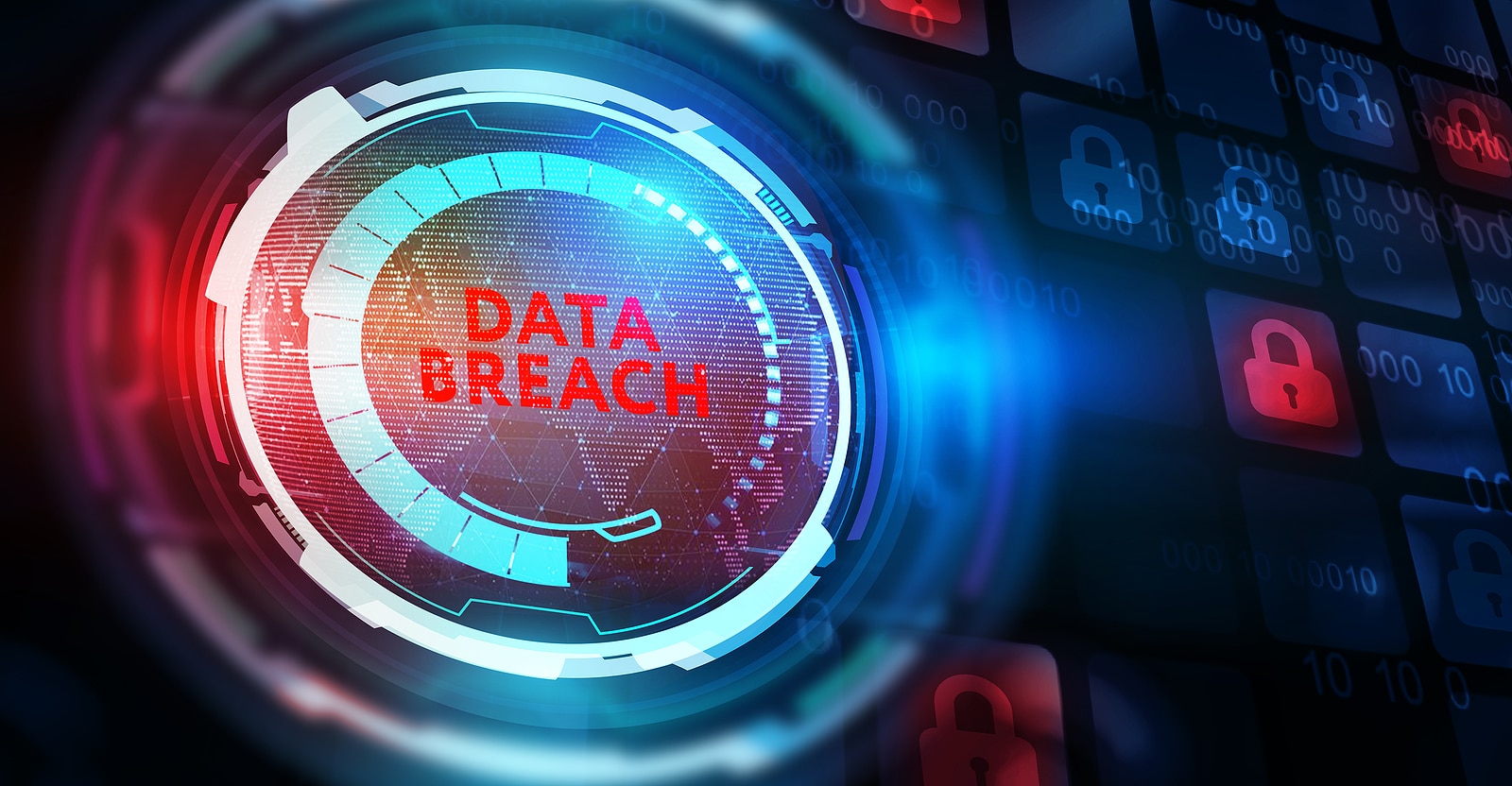Intentional vs. Unintentional Data Breaches: The Dangers of Each

Intentional vs. Unintentional Data Breaches: The Dangers of Each
Modern businesses rely on data for vital systems and operations. The collection and analysis of user statistics, traffic metrics, and other important information allow businesses to provide cheaper, more efficient services than ever before.
While data is a powerful tool, lost or stolen information can have dire consequences for a company. Data breaches mean that private user credentials can be accessed, copied, or stolen. Exposure of private information such as banking and finances, health data, and other private records puts users at risk.
The number of unauthorized individuals attempting to access protected data for malicious purposes continues to grow. Whether intentionally or unintentionally, data breaches leave businesses less secure and more vulnerable to attacks.
To create preventative measures, IT leaders should understand how and why such breaches occur within their organizations.
Intentional Data Breaches
Intentional data breaches are bad for your organization. They suggest that someone has targeted your business. Cybercriminals work to access private or proprietary information to use it for malicious purposes.
Cyberattacks can use various means to access your organization’s data. Intentional data breaches can be the result of targeted DDOS or Man-in-the-middle attacks, SQL injections, and other attempts at network penetration.
These attacks are ongoing. IT leaders need to create secure, redundant systems that can handle potential threats to infrastructure.
Unintentional Data Breaches
Unintentional data breaches occur when people or technology used by an organization accidentally or unintentionally leak private information or data to the outside world. Internally-compromised data can be the result of poor training, no oversight, or just a lack of knowledge regarding good security practices across the organization.
Don’t let your organization be the victim of spam, ransomware, or other types of malware. Users should know that hidden code can be embedded in websites and email attachments to infect unsuspecting users.
Use of public WiFi, giving out personal information, and leaving computers opened or unlocked can all lead to unintentional data breaches. To prevent this, IT departments should work to create guidelines for users, so they don’t accidentally give away vital data.
The OTHER SIDE of Data Breaches
Along with the network security required to prevent data breaches, off-netork equipment is just as risky.
Secure Enterprise Asset Management (SEAM) provides businesses in North Dakota and South Dakota with an easy, safe, and secure way to dispose of decommissioned equipment through certified computer and hard drive recycling and data destruction.
Our hard drive and solid-state shredding and data wiping services maintain compliance with e-Stewards and R2 security standards in accordance with NIST guidelines to ensure all data remaining on used devices is COMPLETELY destroyed. We can also shred your important documents with our 5/8″ strip cut mobile shredding truck.
Our certified policies and procedures make sure the devices your business no longer needs don’t become a security issue later on.
If you’re a business in Sioux Falls or the surrounding areas, we can helpprotect you from potential data breaches.
Contact us today to learn how SEAM can keep your data safe!
SEAM provides IT recycling and data destruction services including onsite shredding and hard drive wiping to South Dakota, North Dakota, Minnesota, Iowa, and Nebraska.
Schedule a pickup or contact us for more information.





